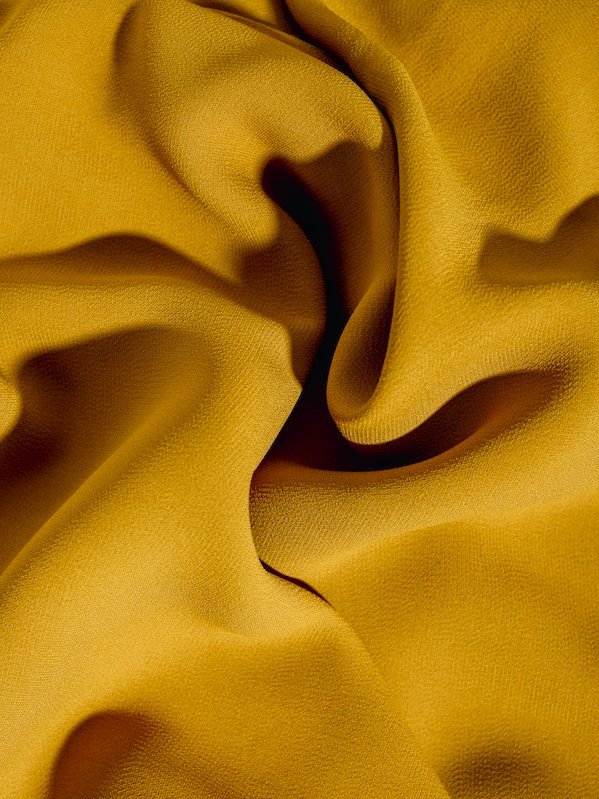
What Is Modal?
Exploring Modal Fabric’s Sustainability
From underwear to towels, modal is taking over the textile industry. The bio-based fiber lasts longer than cotton, is more comfortable than jersey, and has the stretch of polyester. Modal may seem like a miraculously sustainable material, but many factors must come together for this semi-synthetic to perform its best.
From its history to how it’s made, here are just a few things to keep in mind when shopping for this sustainable material.
Natural, Human-Made Fiber
Modal is a type of modified rayon fiber derived from the pulp of beech trees. It’s made from cellulose fibers, which come from plants (other cellulose fibers include linen and hemp). The main difference is that rayon, while plant-based, is human-made.
“The modal production process is similar to that of viscose (another semi-synthetic rayon fiber), except there are more steps and chemicals involved.”
According to CAMEO Materials Database, modal fiber was first developed in the 1930s for industrial use. Revered for durability, the rayon-type was included in conveyor belts, hose pipes, and car tires. After continuous development of the fiber, Shozo Tachikawa patented a method in 1951, resulting in a ”high wet modulus” rayon fiber—this refers to the strength of the fiber and indicates how well it will hold up when wet. The process also means the fiber resists shrinking and stretching, helping the garment endure over long periods. Tachikawa’s produced material is technically referred to as polynosic fiber, but we commonly know it as modal.
The modal production process is similar to that of viscose (another semi-synthetic rayon fiber), except there are more steps and chemicals involved. It begins when a beechwood tree is chopped, chipped, and broken down into a pulp. The cellulose is made into sheets, then soaked in a sodium hydroxide bath to create cellulose xanthate—aka viscose. After a second bath, the now-liquid solution is pushed through an extruder to produce fibers. The fibers are then placed in a third and final sulfuric acid bath, which results in the yarn used to create modal fabric.
How Sustainable Is Modal?
The truth is, modal fiber is only as sustainable as the company producing it. Often used as an alternative to cotton, the material requires far less water as it’s derived from resilient beech trees. Yet, compared to other semi-synthetic fibers, modal production poses a significant amount of environmental and health problems because it’s made with petrochemicals—chemicals derived from petroleum or natural gas.
“Modal fiber is only as sustainable as the company producing it.”
For example, Lyocell (another rayon fiber) utilizes an organic solution to break wood down into pulp, whereas modal requires a heavy dose of toxic chemicals like carbon disulfide. This puts those working directly with the chemicals at risk for possible health side effects, though the chemicals may continue to threaten the health of everyone who comes into contact with the fabric.
Also, chemicals released during the production process, like carbon disulfide and hydrogen sulfide, have been found to have detrimental effects on the environment. Carbon disulfide was identified as a toxic air contaminant in 1997, and hydrogen sulfide can turn into environmentally hazardous chemicals—such as sulfhydric acid—when exposed to various elements.
The good news? Although it’s manufactured by several companies who use petrochemicals during production, much of the world’s modal fiber comes from the same company that makes TENCEL™—Austrian-based Lenzing. They’ve been sustainably creating their modal product for over 50 years and, about 30 years ago, they launched MicroModal®, an even finer version of the original Lenzing Modal®. Today, Lenzing produces over seven iterations of its modal fiber, including MicroModal® AIR and Lenzing Modal® COLOR. Both were intentionally created in an attempt to appease the ever-changing demands of the fashion and textile industries.
“Sustainable company Lenzing is committed to using closed-loop systems to produce all of these high-quality and high-performing products.”
What makes Lenzing more sustainable is that the company is committed to using closed-loop systems to produce all of these high-quality and high-performing products. Because of this, harmful gases released and toxic chemicals used during production are not sent into the environment. Lenzing instead recovers these elements and converts, or returns, them to raw materials to be used again.
Responsible sourcing remains a top priority as well, therefore the company only uses wood from sustainably managed forests around the world, and they buy almost exclusively from suppliers “certified according to recognized sustainability criteria, such as the FSC®.” Though no entity is perfect, Lenzing does a thorough job worth admiring.
Similar to TENCEL™, modal is often lauded as a biodegradable and compostable material, and though it has the capacity to be, it’s ultimately dependent on what the fiber is used for. If a clothing company applies toxic dyes or finishes onto modal, it loses its ability to be composted or degraded organically. For this reason, it’s essential to vet the entire production process of any brand using modal fibers.
All sustainable fibers come with pros and cons. Ultimately, our purchases come down to our values and what we desire from a fabric. Looking for a durable and comfortable weave? Modal is your answer as long as you read the fine print. Check labels or online descriptions. If a company is willing to let you in on their production process, that’s a good sign. But, if sourcing information isn’t readily available, reach out to the brand with questions. You deserve to know where your clothing is coming from.
“You deserve to know where your clothing is coming from.”
Audrey Stanton was born and raised in the Bay Area and is currently based in Los Angeles. She works as a freelance writer and content creator with a focus in sustainable fashion. Audrey is deeply passionate about conscious living and hopes to continue to spread awareness of ethical consumption.





